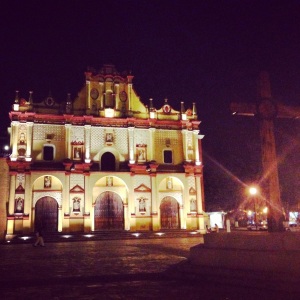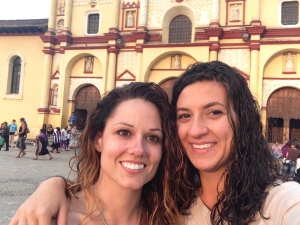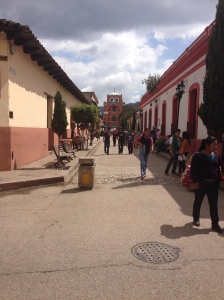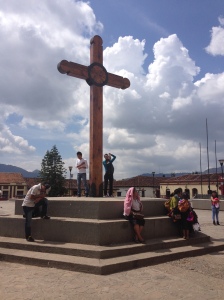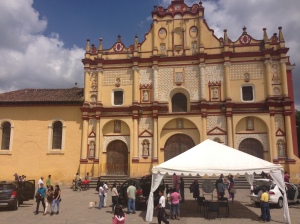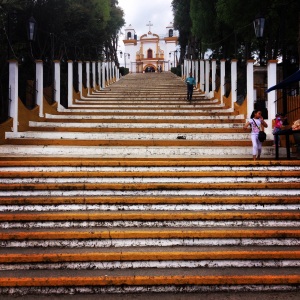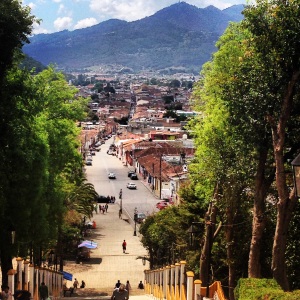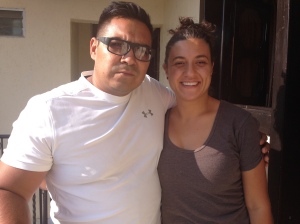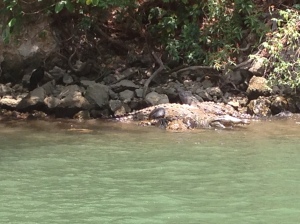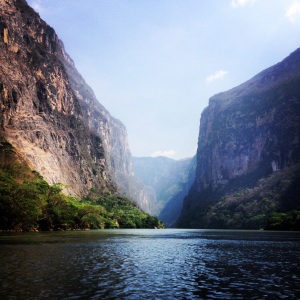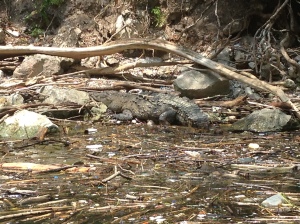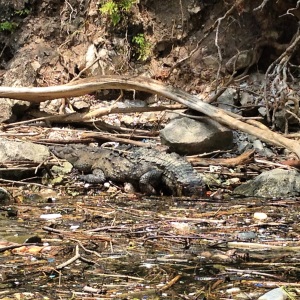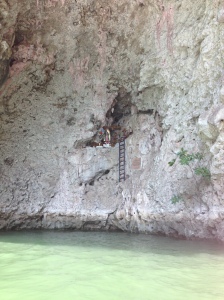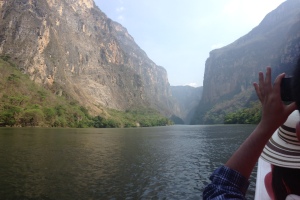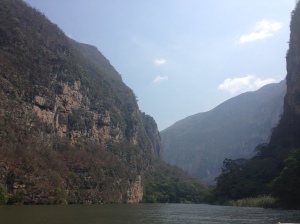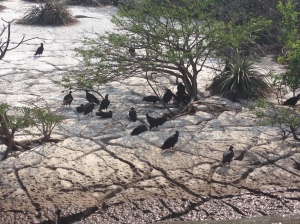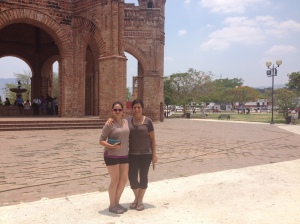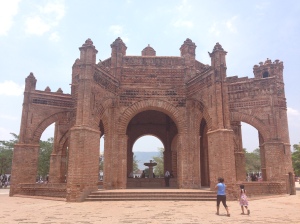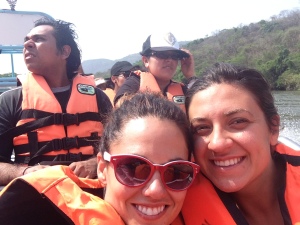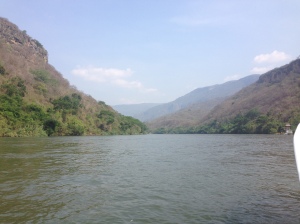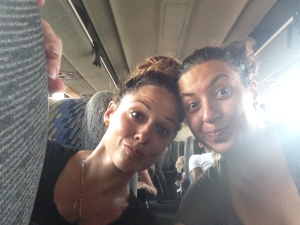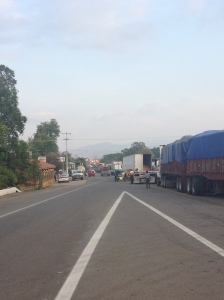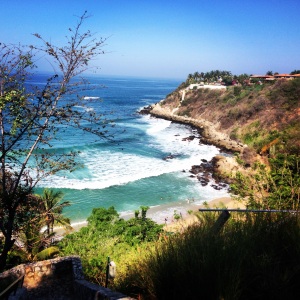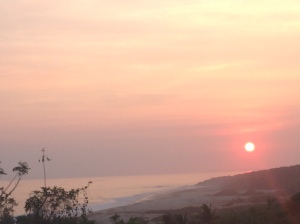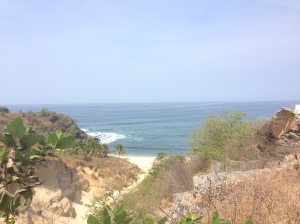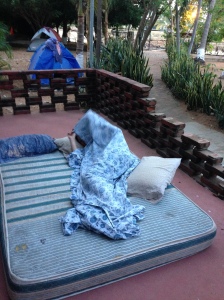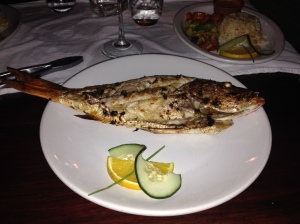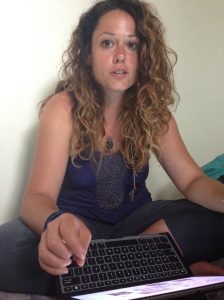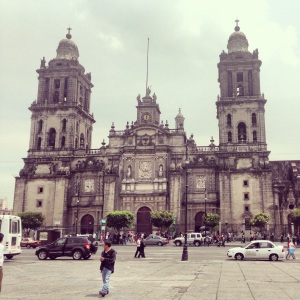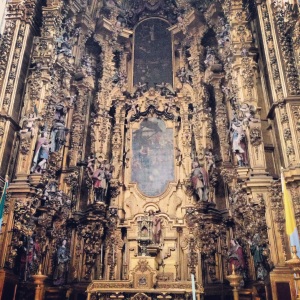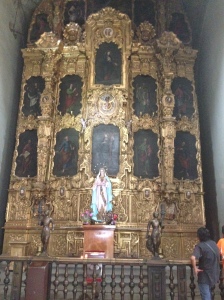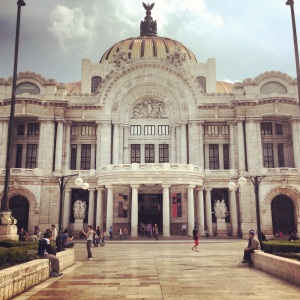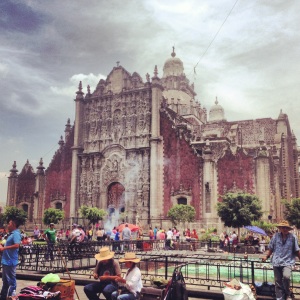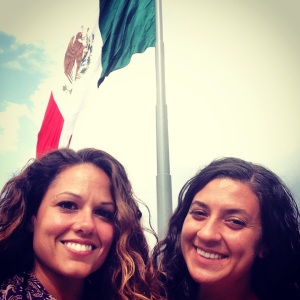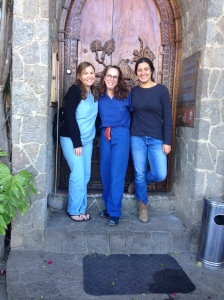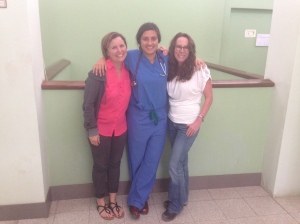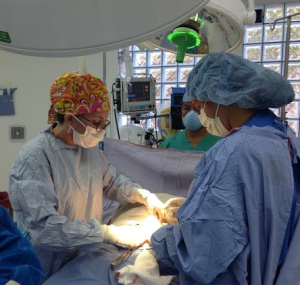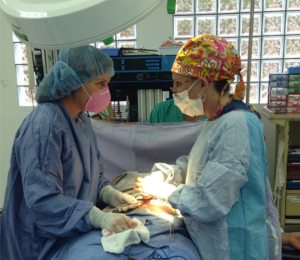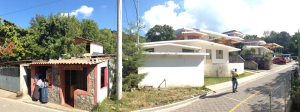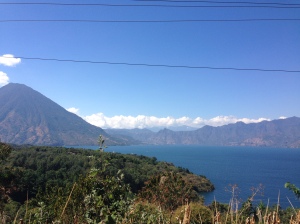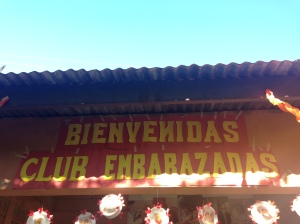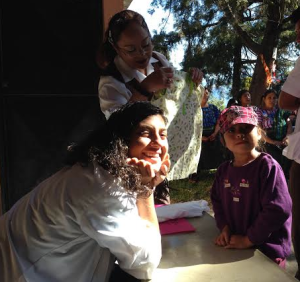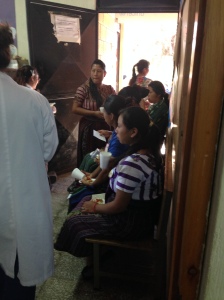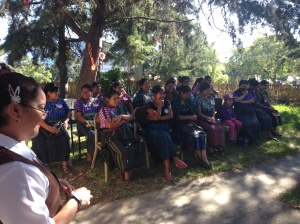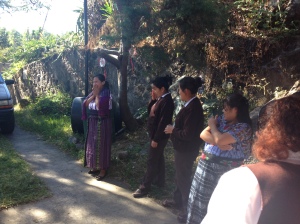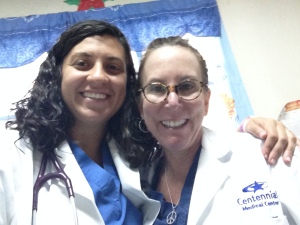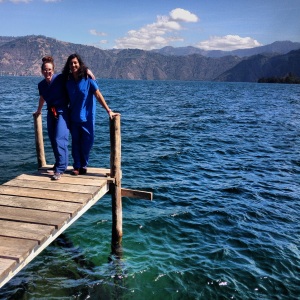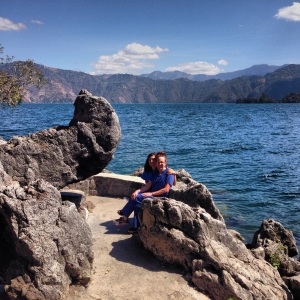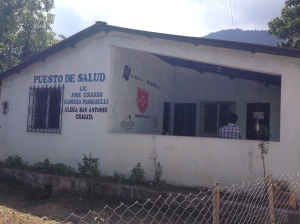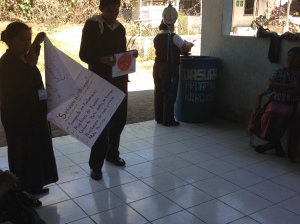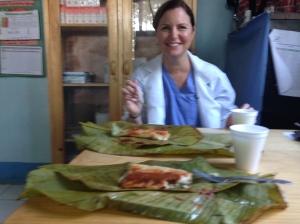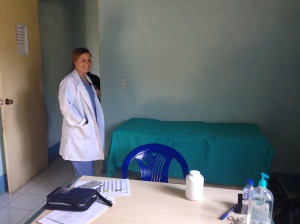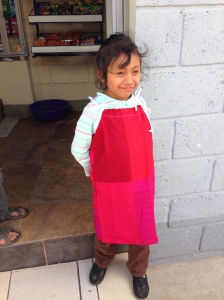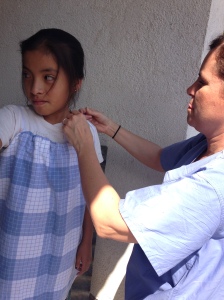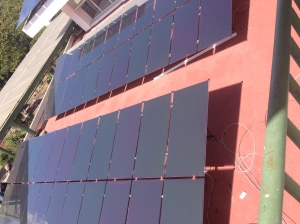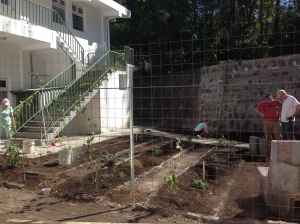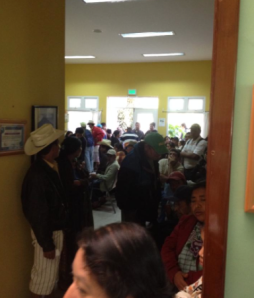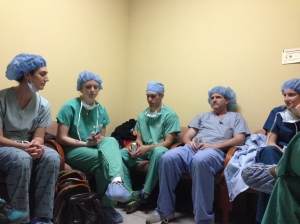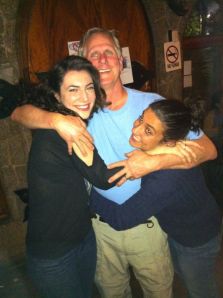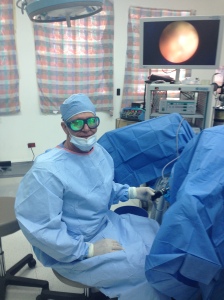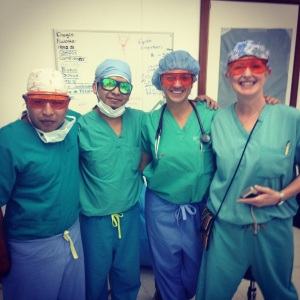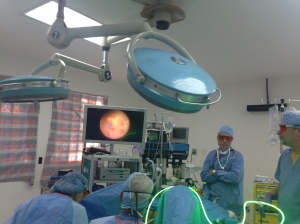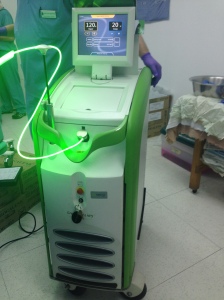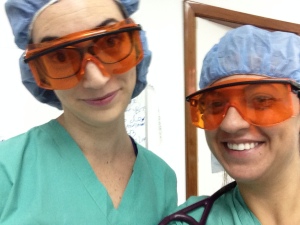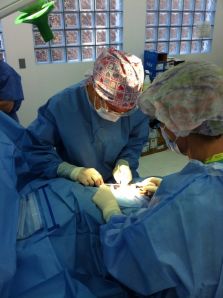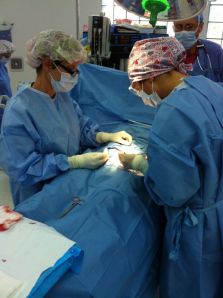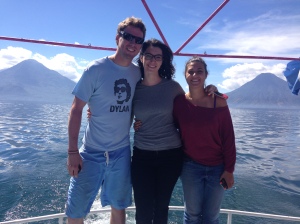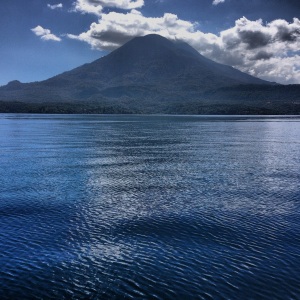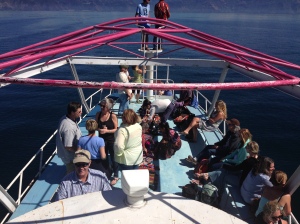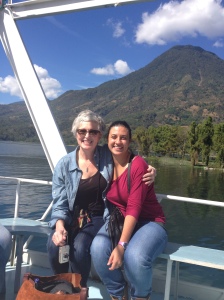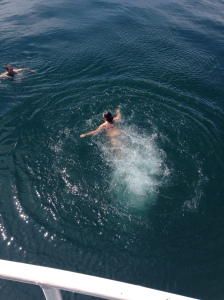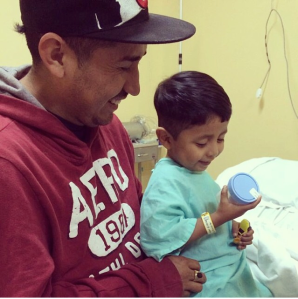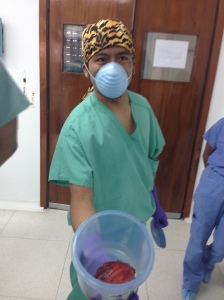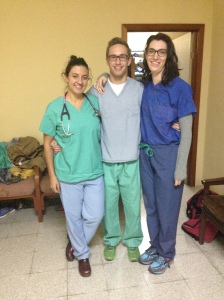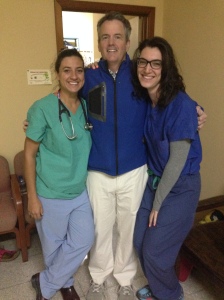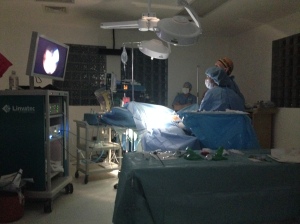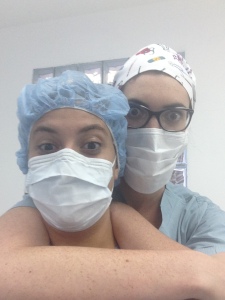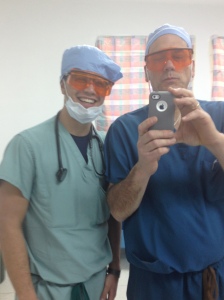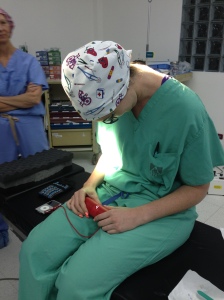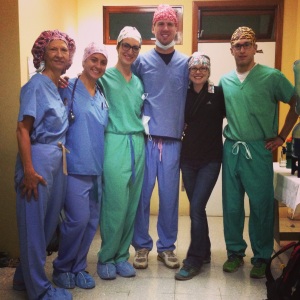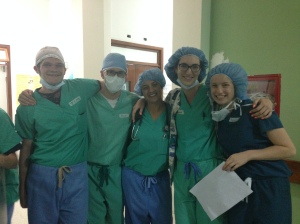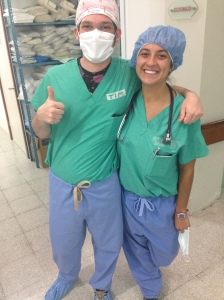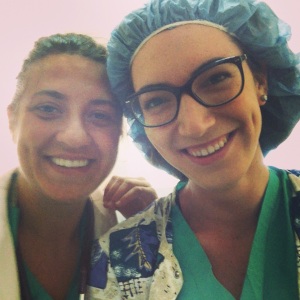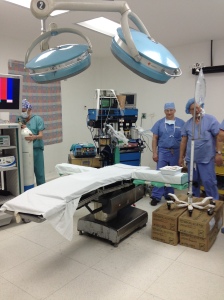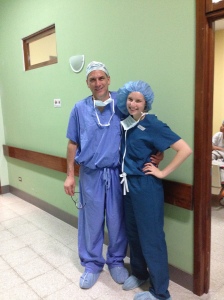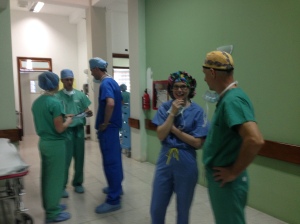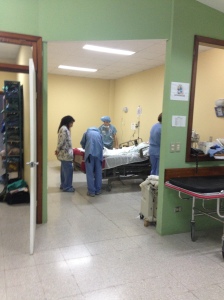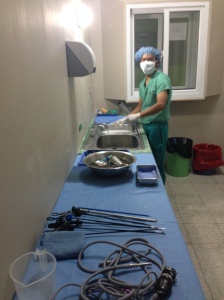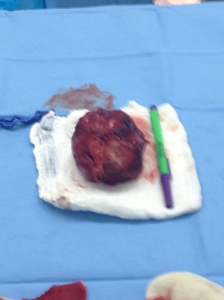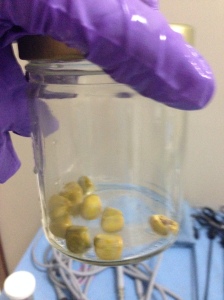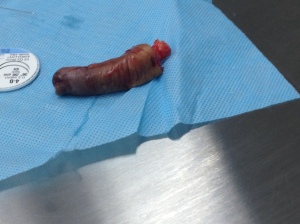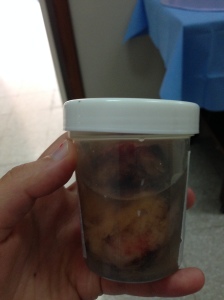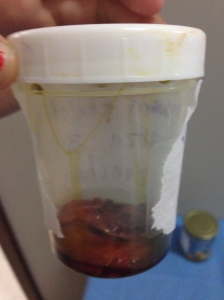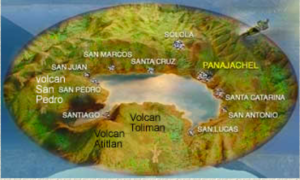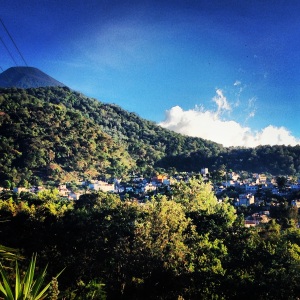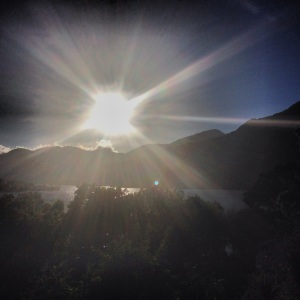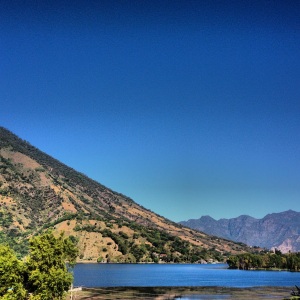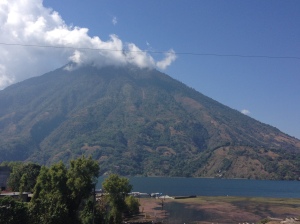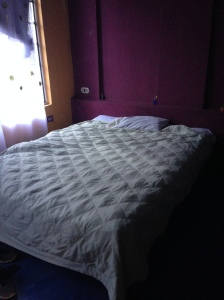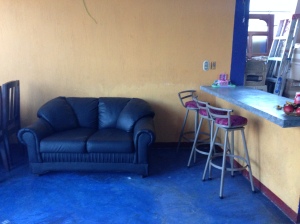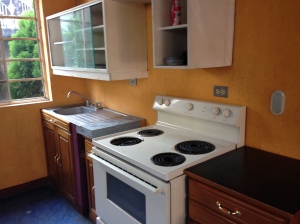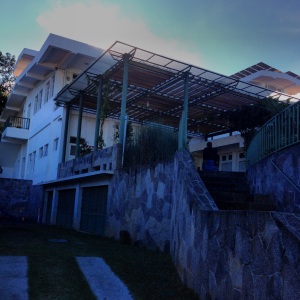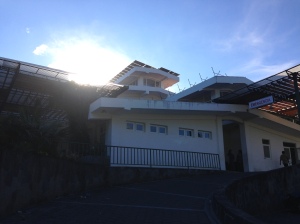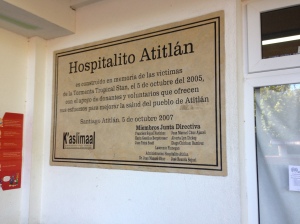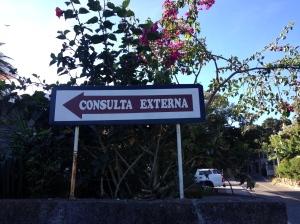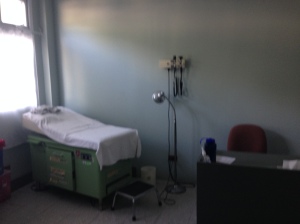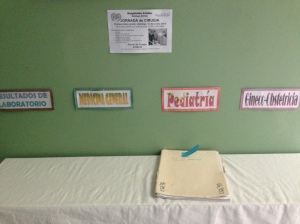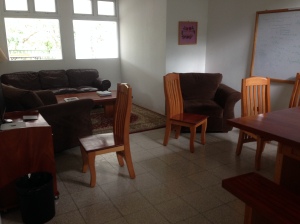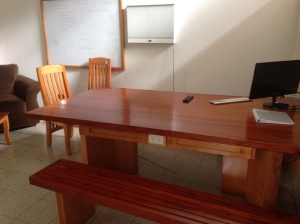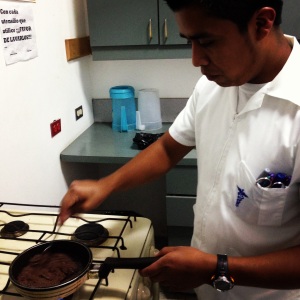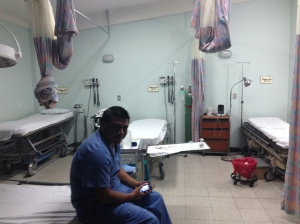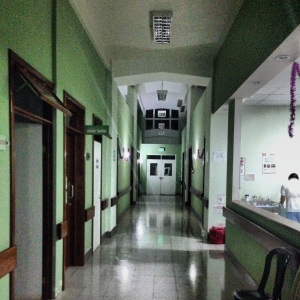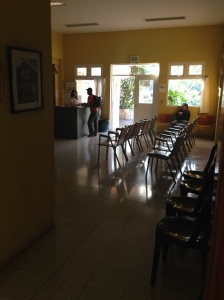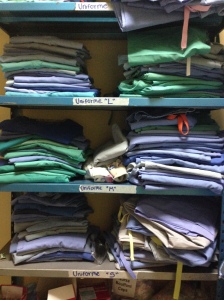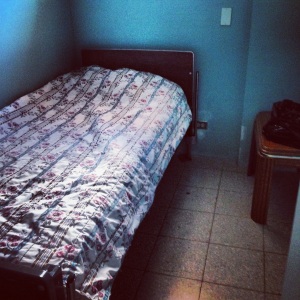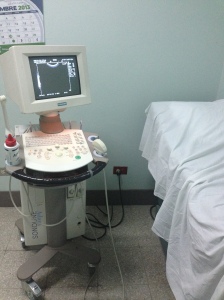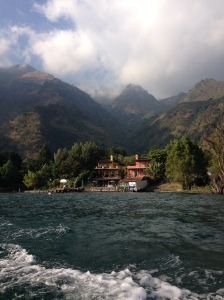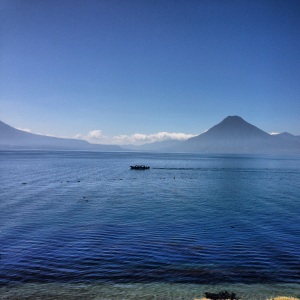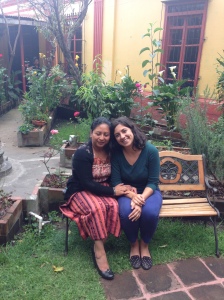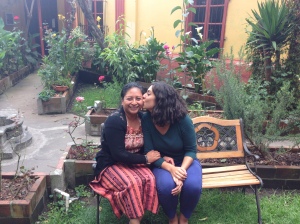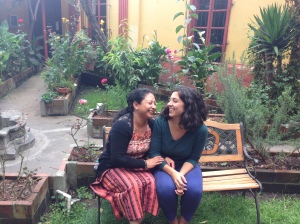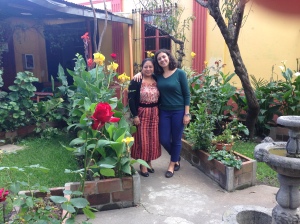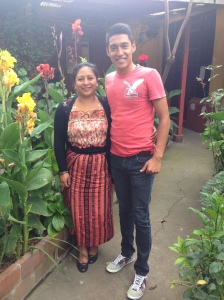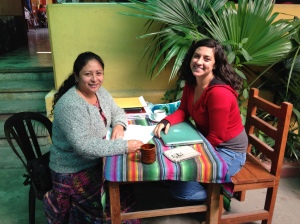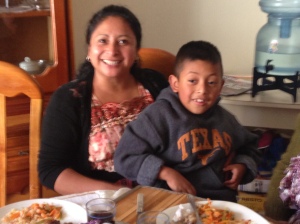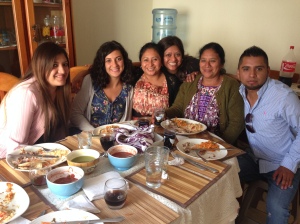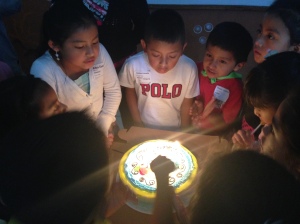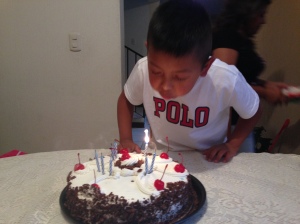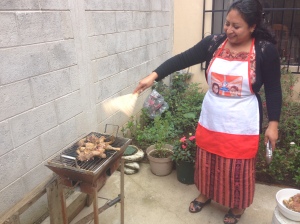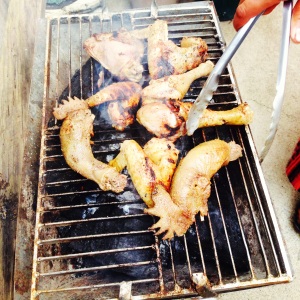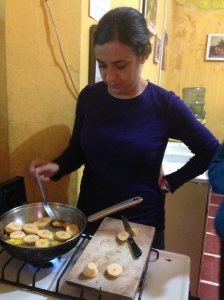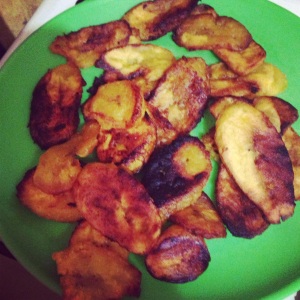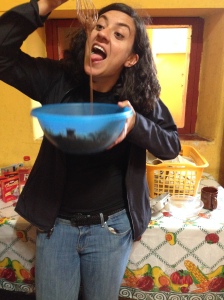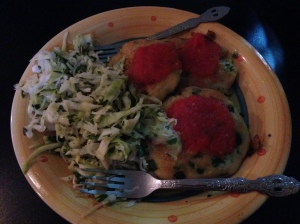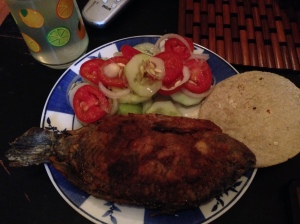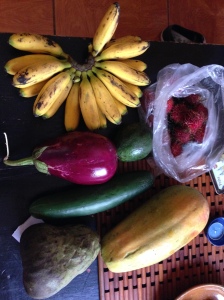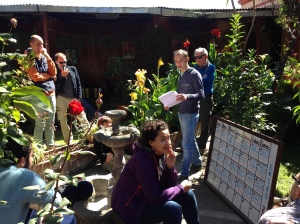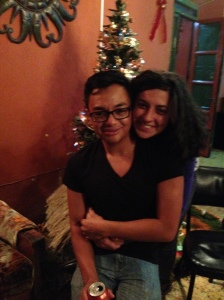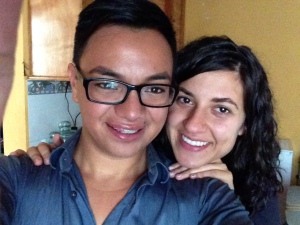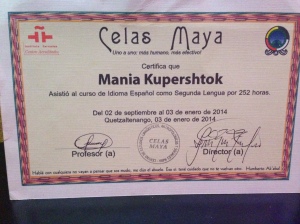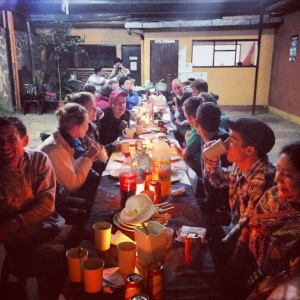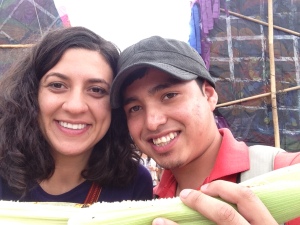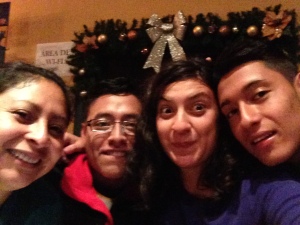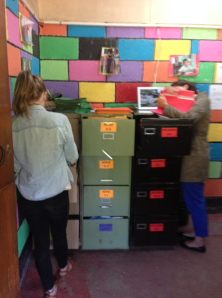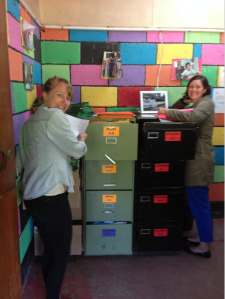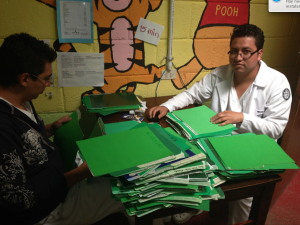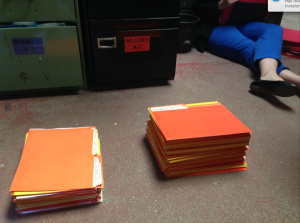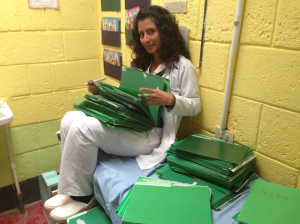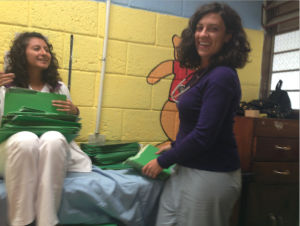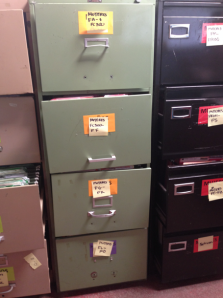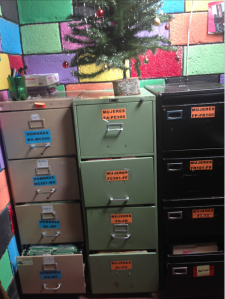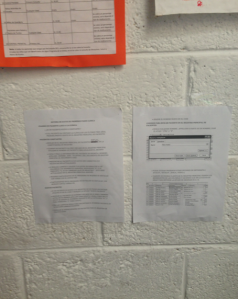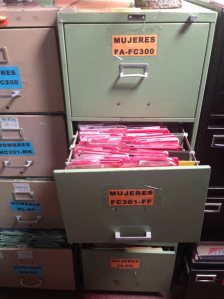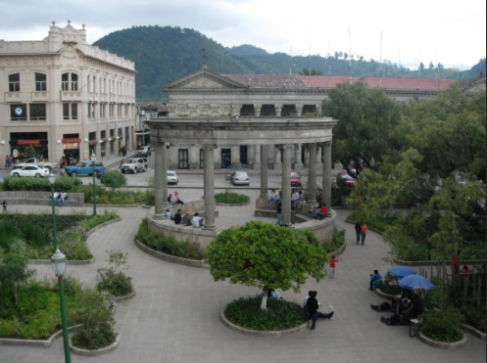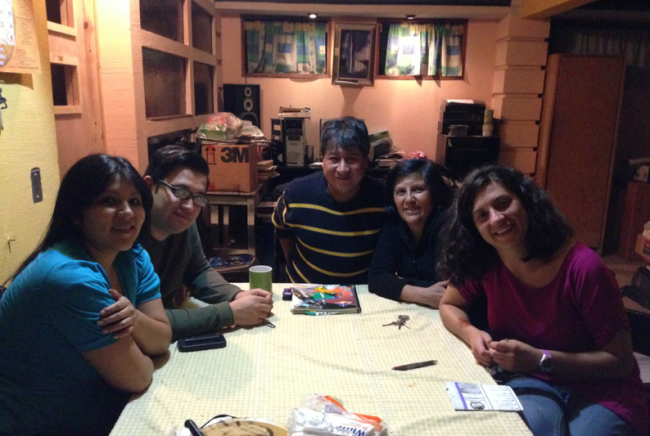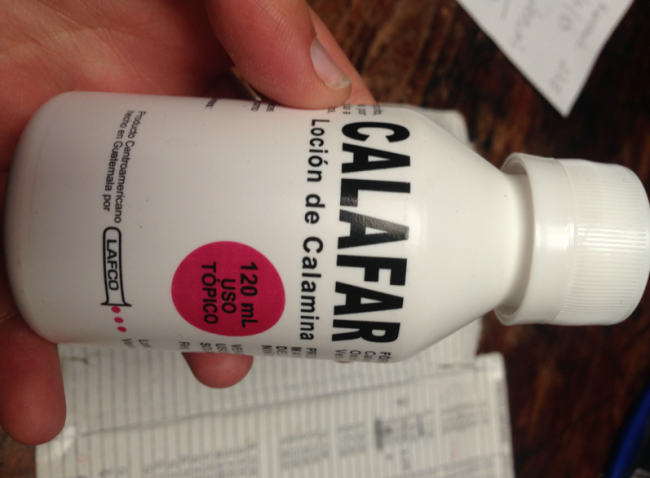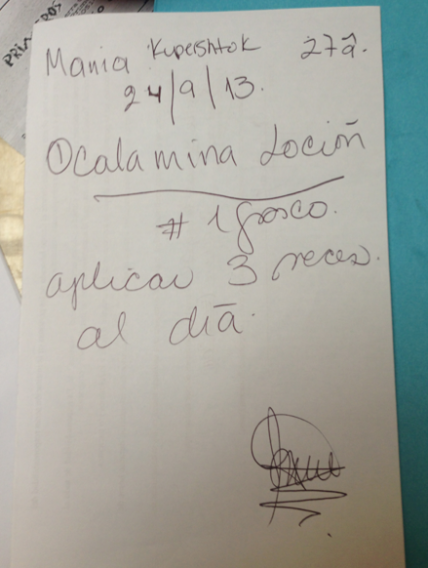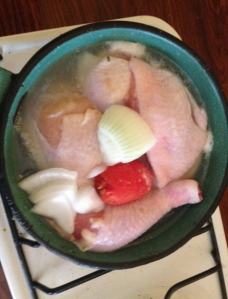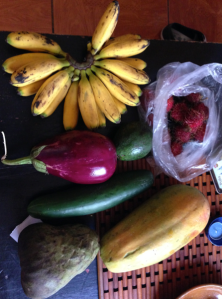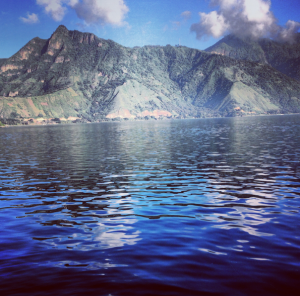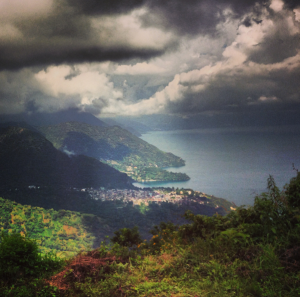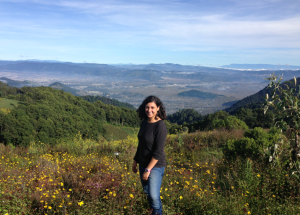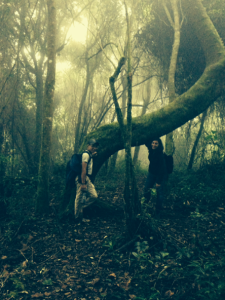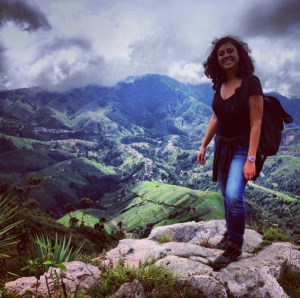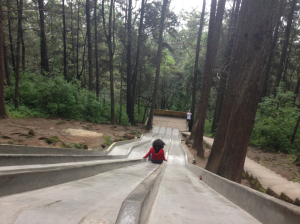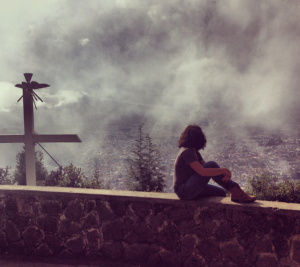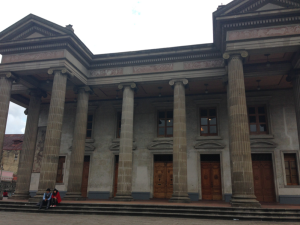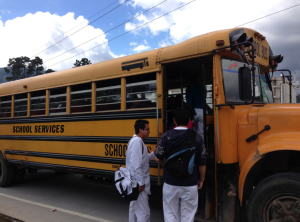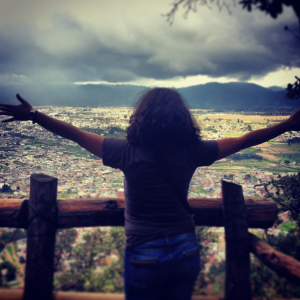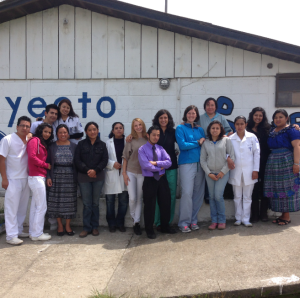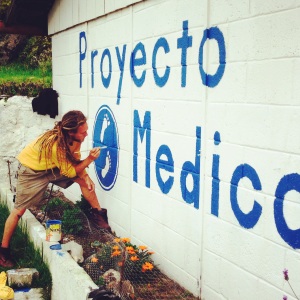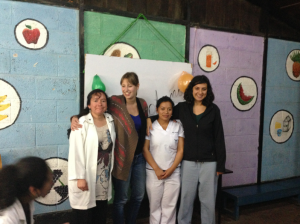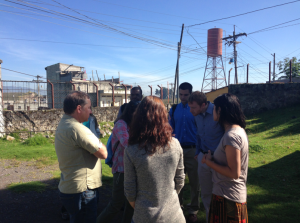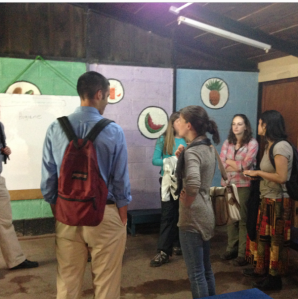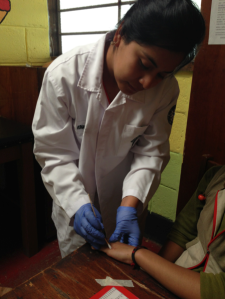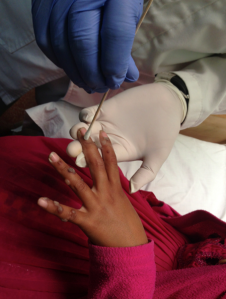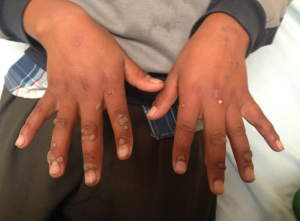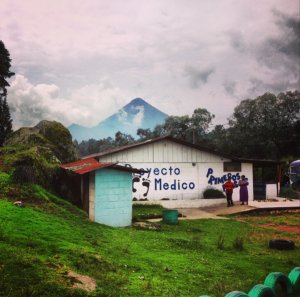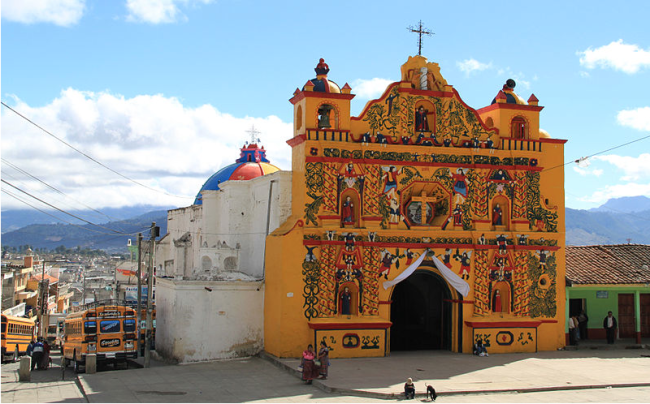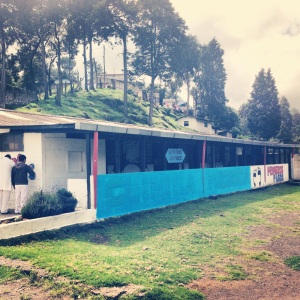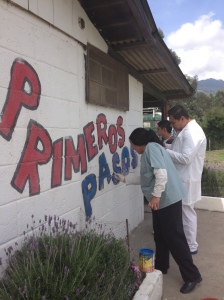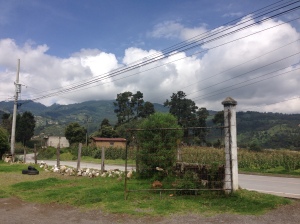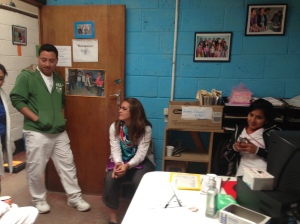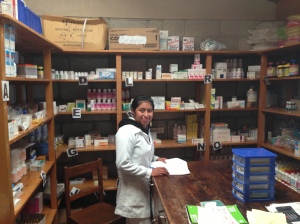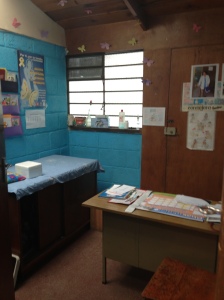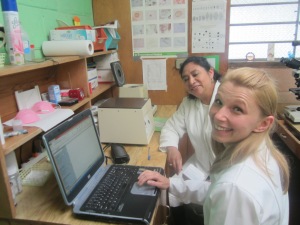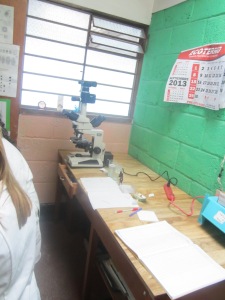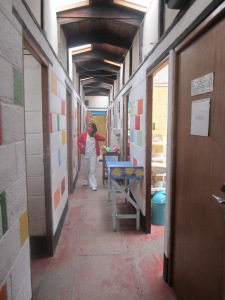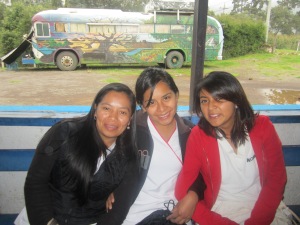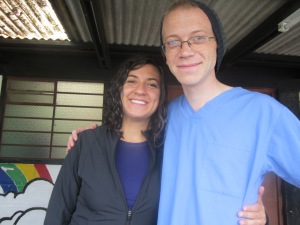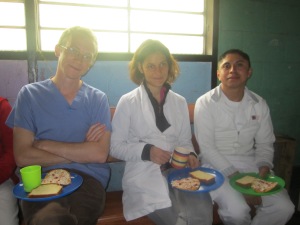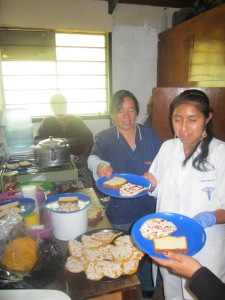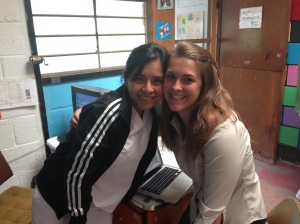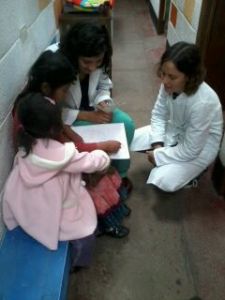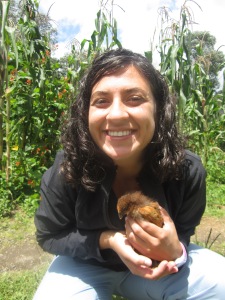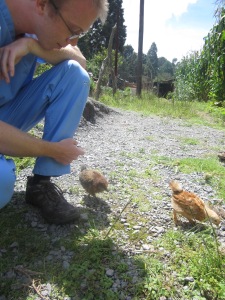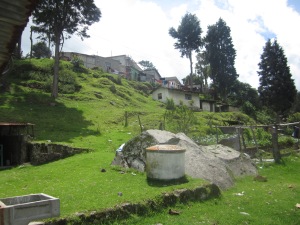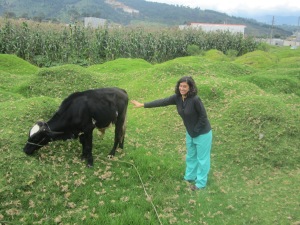Hey crew,
Sorry for the recent lack of updates. Due to my schedule of working full-time in the hospital, and preparing heavily for the upcoming DELE exam (spanish fluency exam), my chances to update recently have been few. However, I plan to retrospectively touch on all my experiences in the coming weeks/months.
I have finished my volunteering at Hospitalito Atitlan and am currently working on preparing for the DELE (Diplomas de Español como Lengua Extranjera). The level that I am preparing for is C1, which is the 2nd to highest level and would basically qualify me as fluent in conversation, but more on this later.
At the same time I have been working on paper with colleagues back home on Integrated Medication Management through incorporation of pharmacists into interdisciplinary primary care teams, specifically in low-resource setting (in simpler terms – including pharmacists in medical teams to reduce the number of medication related problems in patients that need it most). Our group applied to run a workshop on this topic at the STFM (Society of Teachers in Family Medicine) 2014 Conference and got accepted! YAY! The conference is in San Antonio, TX and flights were much cheaper out of Mexico City than Guatemala City, and given that the two are fairly close to each other I thought I’d maka a trip out of it and run over to Mexico City to fly out of the country from there instead and save a few hundred bucks. However, nothing is as easy as it seems in Central America!
I was lucky enough to have a travel buddy, the lovely Amber Coffman to come along for the experience.
Mexico has this funny system where if you spend more than 7 days in country you have to pay a fee to exit, so we wanted to make sure that didnt happen. My flight out to San Antonio, TX was May 3, so we decided to leave Guatemala and head to Mexico City on Aptil 27th. This isn’t my first time heading to the border and each time is a different experience. The first city we decided to visit on the way was San Cristobal de Las Casas. Due to my visa requiring me to leave the country every 3 months, this isn’t my first visit to San Cristobal. My good friend Diego runs a lovely hotel there called Los Altos and everytime I visit he makes me feel right at home. The trip was approximately 9 hours by bus to San Cristobal from Quetzaltenango, Guatemala. We were lucky and only spent around half an hour at the border without any issues. We got settled into the hotel and went off to explore the city. This colonial city is one of the most beautiful that I have visited in Mexico, with its beautiful old churches, cobblestone walkways, and multiple carless streets filled with restaurants and shops.
The next day we headed off to see El canon del Sumidero, which is a spectacular river flowing through extremely steep canyones reaching heights of 1km on either side. The weather was incredible and the sights even more breath-taking. ALong the way we were able to see various formations formed during various seasons by waterfalls and other natural wonders.

This formation is called the Christmas tree and is formed during the rainy season from small waterfalls
That night we decided to take a night bus to Puerto Escondido, MX to spend a couple days on the coast before finally heading off to our final destination of Mexico City. Here is where the fun begins. The bus ride is approximately 13 hours long. Our bust left at 7:15PM with plans to arrive at 8:20AM the following morning. At around 130AM the bus stops, without any news of why we weren’t moving ahead (having traveled through Mexico many times before by bus, I wasn’t too worried as short stops were common). However, at 6AM we were still in the same spot. I wake up Amber and let her know that we haven’t moved in approximately 5 hours. We aren’t too worried yet. At about 7AM the driver makes an announcement that the neighboring town is protesting against the government and has decided to target transportation. They aren’t letting any vehicles through on either side. The worst part is that there is no mention of an end time, they say these protests may last up to 3 days. GREAT.. we might have to spend our entire time on this bus, in the middle of the Mexican dessert, without any food and little water. An hour later the bus driver makes another announcement: If you don’t have much luggage, you can attempt to cross the protest by walking and we will have a bus from our company waiting on the other side to take you to your destination. Awesome! While our luggage was fairly heavy, they were backpacks and walking was definitely feasible. However, after 30 minutes of walking we got to the other side, there was no bus in sight and it was slowly getting much hotter. The line of trucks and cars seemed never-ending on the other side and I was starting to get a serious headache from the heat and lack of water. Finally, after 2 hours of walking, the bus appeared. I have never been so happy to see a bus in my life. We all hopped aboard and we were on our way! The bus dropped us off at the nearest city to transfer to another bus while it went back to collect more passengers. We transferred busses smoothly and headed off on our way (we have currently been traveling for about 16 hours and were well past our scheduled arrival time in Puerto Escondido). It gets better. About an hour into our bus ride, the bus breaks down!! What?! Many people on the bus at this point are fed up, and call taxis, willing to pay $200-$300 for a taxi ride all the way to the coast (which is still 7-8 hours away from where we are). Given my poor financial situation, we decided to wait it out. After about an hour, the bus was repaired, but only enough to take us BACK to the previous bus stop to transfer again. Oh well, we were too tired to really be upset. We went back to the last town and transferred buses again. Finally at around 10pm that evening, approximately 30 hours after we left San Cristobal we arrived in Puerto Escondido, MX got to our hostel and fell right asleep, exhausted.
The beauty and tranquility of Puerto always calm me and brighten my day. If you remember from my earlier posts, this is the site where I spent a month working in rural clinics and setting up a midwife training program with 9 other Northwestern medical students. I have a very strong relationship with the doctor that works with the program, Dra. Sauceda and everytime I come back I love seeing her and being updated on new things happening with the program. It was also nice to see Sol, my previous spanish teacher. Overall, the beach was incredible and a great relief from the bus trip the previous day.
After two days, relaxing (with a little bit of spanish DELE studying thrown in), we took a 30 minute flight to Mexico City Friday morning. We only had one day in Mexico City so we decided to visit the Zocalo, or city square and Palacio de Bellas Artes, which is the most important cultural center in Mexico, a beauitiful building made completely out of marble, inside and out. In the evening, I was able to meet up with some friends that I worked with during a 1st year medical rotation back in 2010 which was really nice as well:)
Now, I am writing to you safely from my airbnb stay in San Antonio, TX. Overall, the trip was interesting and exhausting. Thinking back,on it, maybe buying a ticket out from Mexico City wasn’t the greatest idea but it was an adventure that I definitely will never forget and I am so thankful to have had my friend Amber there to experience it with me!
I wanted to share this experience, and in my next posts look for more about my previous experiences in Santiago, Atitlan!! Till next time
